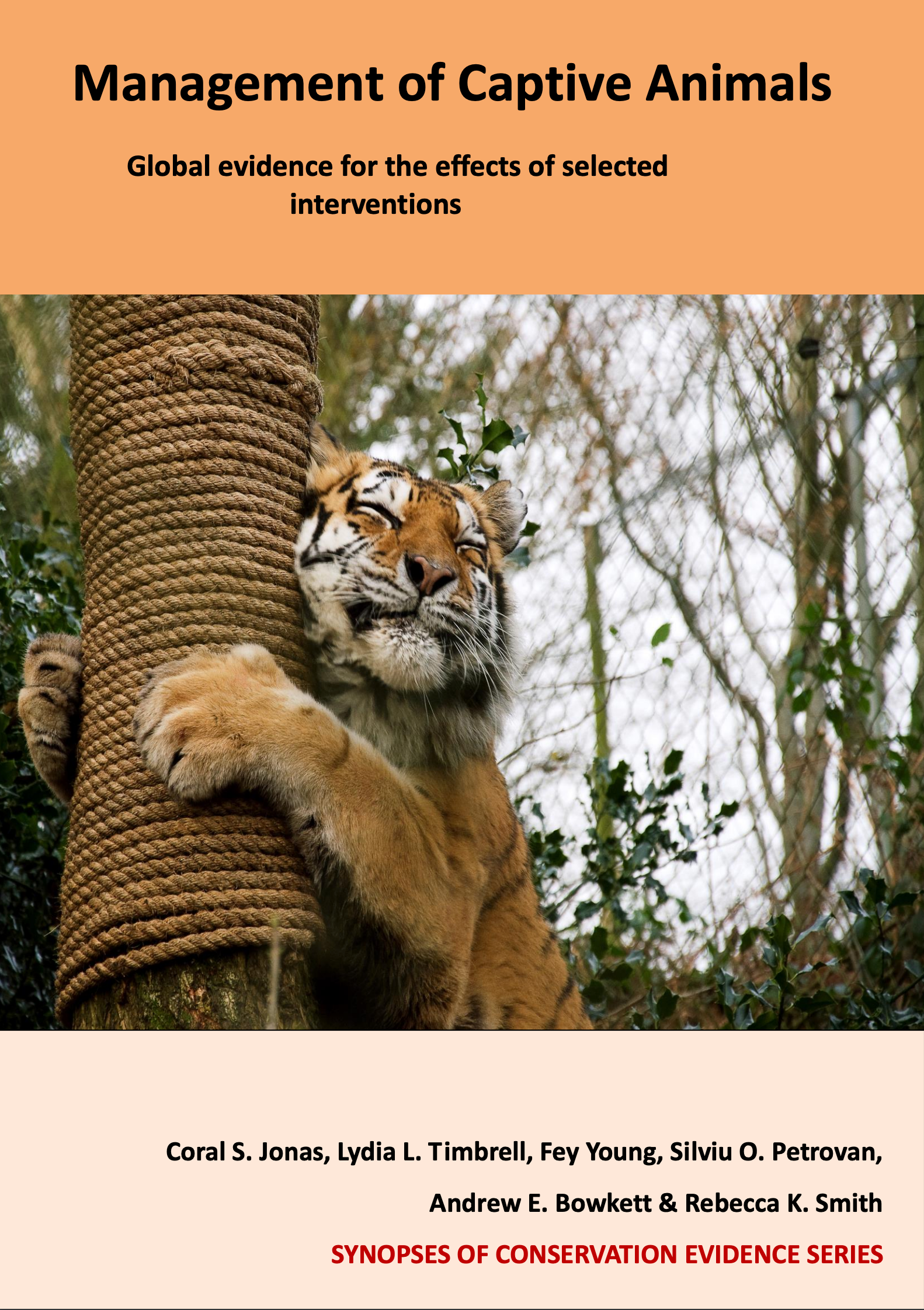Amphibians: Manipulate larval density within the enclosure
-
Overall effectiveness category Unknown effectiveness (limited evidence)
-
Number of studies: 1
View assessment score
Hide assessment score
How is the evidence assessed?
-
Effectiveness
88% -
Certainty
28% -
Harms
0%
Study locations
Supporting evidence from individual studies
A replicated study in 2010 of spotted salamanders Ambystoma maculatum in the USA found that housing larvae at low densities resulted in bigger salamanders, higher survival and lower stress levels, similar to larvae in the wild. At different larval densities there were significant differences in body mass (6/tank: 1.8 g; 12/tank: 1.6 g; 30/tank: 0.9 g), survival (94%; 67%; 33% respectively) and stress levels (white blood cell ratios: 0.4; 1.5; 2.2 respectively). At medium larval densities, increased food or habitat complexity had no significant effect on body mass (food: 1.4 g; environment: 1.7 g), survival (89%; 50% respectively), or stress levels (1.3; 0.7 respectively). Egg masses were collected from the wild. Larvae were reared in three replicates of five treatments: starting densities of six, 12 or 30 larvae/1,000 l tank, increased food (12 larvae/tank with triple the zooplankton) or increased habitat complexity (tank filled with sticks and refugia). All tanks had leaf litter on the bottom. Metamorphs were weighed and blood sampled for stress hormone levels.
Study and other actions tested
Where has this evidence come from?
List of journals searched by synopsis
All the journals searched for all synopses
This Action forms part of the Action Synopsis:
Management of Captive Animals
Management of Captive Animals - Published 2018
Captive Animal Synopsis





)_2023.JPG)














